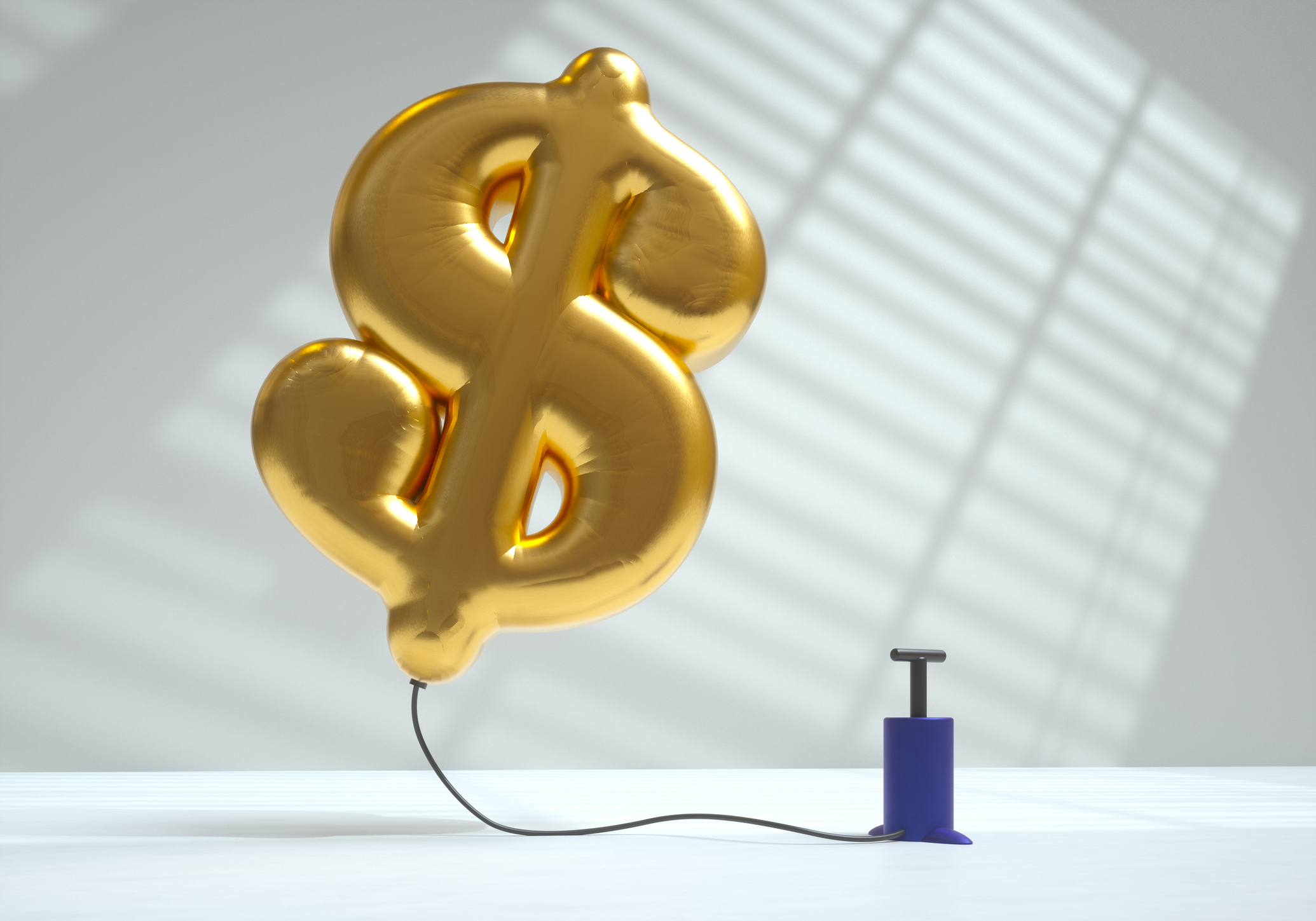Fund Basics: Build a Solid Portfolio
A balanced collection of funds will serve you better than a collection of the latest high fliers.
Funds offer plenty of benefits to busy investors. Here's a quick review of using them to build a well-diversified portfolio.
As you develop an investment plan built around mutual funds, think in terms of a portfolio instead of a single fund. A collection of four to nine funds of different varieties should be adequately diversified.
Building a well-diversified portfolio guards against a particular investment style going out of favor and taking you down with it. It also helps protect you from a manager's mistakes. Even the savviest managers occasionally turn cold for a time, so owning several funds helps protect you from bearing the brunt of a single manager's off year.
From just $107.88 $24.99 for Kiplinger Personal Finance
Become a smarter, better informed investor. Subscribe from just $107.88 $24.99, plus get up to 4 Special Issues

Sign up for Kiplinger’s Free Newsletters
Profit and prosper with the best of expert advice on investing, taxes, retirement, personal finance and more - straight to your e-mail.
Profit and prosper with the best of expert advice - straight to your e-mail.
Allocating your money among stocks, bonds and cash could be your most important investment decision. That's because asset selection usually has more to do with your ultimate return than the specific issues you pick.
Your stock-bond breakdown should hinge on two things:
First, how much time will pass before you need the money? The longer your time horizon, the more you can afford to invest in stocks. When you're investing for retirement ten or more years away, you should have substantially all of your assets in stocks. Someone saving to buy a home or to pay a college tuition bill in five years should have about 50% of the portfolio in stocks. Practically speaking, most people invest for more than one purpose, so if you pick a group of funds for each goal, the overall result will be a portfolio somewhat balanced between stocks and bonds.
Second, honestly assess your tolerance for risk and volatility. You must be able to withstand the stock market's downturns to benefit from its long-term generosity. If you're spooked and sell your stock funds every time they drop 15% or 20%, you're likely to return only after stocks have staged dramatic rallies.
Selecting Stock Funds
First decide how much of your stock investments should be in U.S. stock funds and how much in funds specializing in foreign stocks. The U.S. represents just 50% of the world's stock-market capitalization, so we think it also makes sense to invest 15% to 30% of your stock portfolio in overseas issues.
Now turn back to domestic stock funds. The easy way to diversify is to choose an exemplary fund from each of three categories: aggressive growth, long-term growth, and growth and income (making sure you don't choose funds that own the same kinds of stocks). Allocate more of your money to the aggressive fund if your time horizon is long and your risk tolerance high, or toward the growth-and-income fund if the reverse is true.
Selecting Bond Funds
The most important decisions you have to make with bond funds involve the maturities of bonds they own and the quality of those issues.
In general, the longer a bond's maturity, the more it yields. But longer maturities also mean greater risks. As for quality, the "junkier" a bond, the more it generally yields. However, lower-quality bonds may fall in value if investors perceive more difficult conditions ahead for their issuers or for the economy in general.
Profit and prosper with the best of Kiplinger's advice on investing, taxes, retirement, personal finance and much more. Delivered daily. Enter your email in the box and click Sign Me Up.
-
 The November CPI Report Is Out. Here's What It Means for Rising Prices
The November CPI Report Is Out. Here's What It Means for Rising PricesThe November CPI report came in lighter than expected, but the delayed data give an incomplete picture of inflation, say economists.
-
 Online Banks Still Lead on Rates, But Is Switching Worth it Now?
Online Banks Still Lead on Rates, But Is Switching Worth it Now?As interest rates trend down, online banks keep an edge on yields, but service, access and flexibility still matter. Here’s how the trade-offs stack up.
-
 I'm 73 and dread winter, but I can't afford to be a snowbird.
I'm 73 and dread winter, but I can't afford to be a snowbird.How can a snowbird wannabe warm up without the expense? We asked professional wealth planners for advice.
-
 What to Expect from the Global Economy in 2026
What to Expect from the Global Economy in 2026The Kiplinger Letter Economic growth across the globe will be highly uneven, with some major economies accelerating while others hit the brakes.
-
 Shoppers Hit the Brakes on EV Purchases After Tax Credits Expire
Shoppers Hit the Brakes on EV Purchases After Tax Credits ExpireThe Letter Electric cars are here to stay, but they'll have to compete harder to get shoppers interested without the federal tax credit.
-
 The Economy on a Knife's Edge
The Economy on a Knife's EdgeThe Letter GDP is growing, but employers have all but stopped hiring as they watch how the trade war plays out.
-
 Banks Are Sounding the Alarm About Stablecoins
Banks Are Sounding the Alarm About StablecoinsThe Kiplinger Letter The banking industry says stablecoins could have a negative impact on lending.
-
 Japan Enters a New Era of Risk and Reform
Japan Enters a New Era of Risk and ReformThe Kiplinger Letter Japan has entered a pivotal moment in its economic history, undertaking ambitious policy and structural reforms to escape from decades of stagnation.
-
 After Years of Stagnant Growth, Hope Emerges for EU Economy
After Years of Stagnant Growth, Hope Emerges for EU EconomyThe Kiplinger Letter Can a German fiscal push outweigh French political peril?
-
 The Most Tax-Friendly States for Investing in 2025 (Hint: There Are Two)
The Most Tax-Friendly States for Investing in 2025 (Hint: There Are Two)State Taxes Living in one of these places could lower your 2025 investment taxes — especially if you invest in real estate.
-
 Trump's Economic Intervention
Trump's Economic InterventionThe Kiplinger Letter What to Make of Washington's Increasingly Hands-On Approach to Big Business